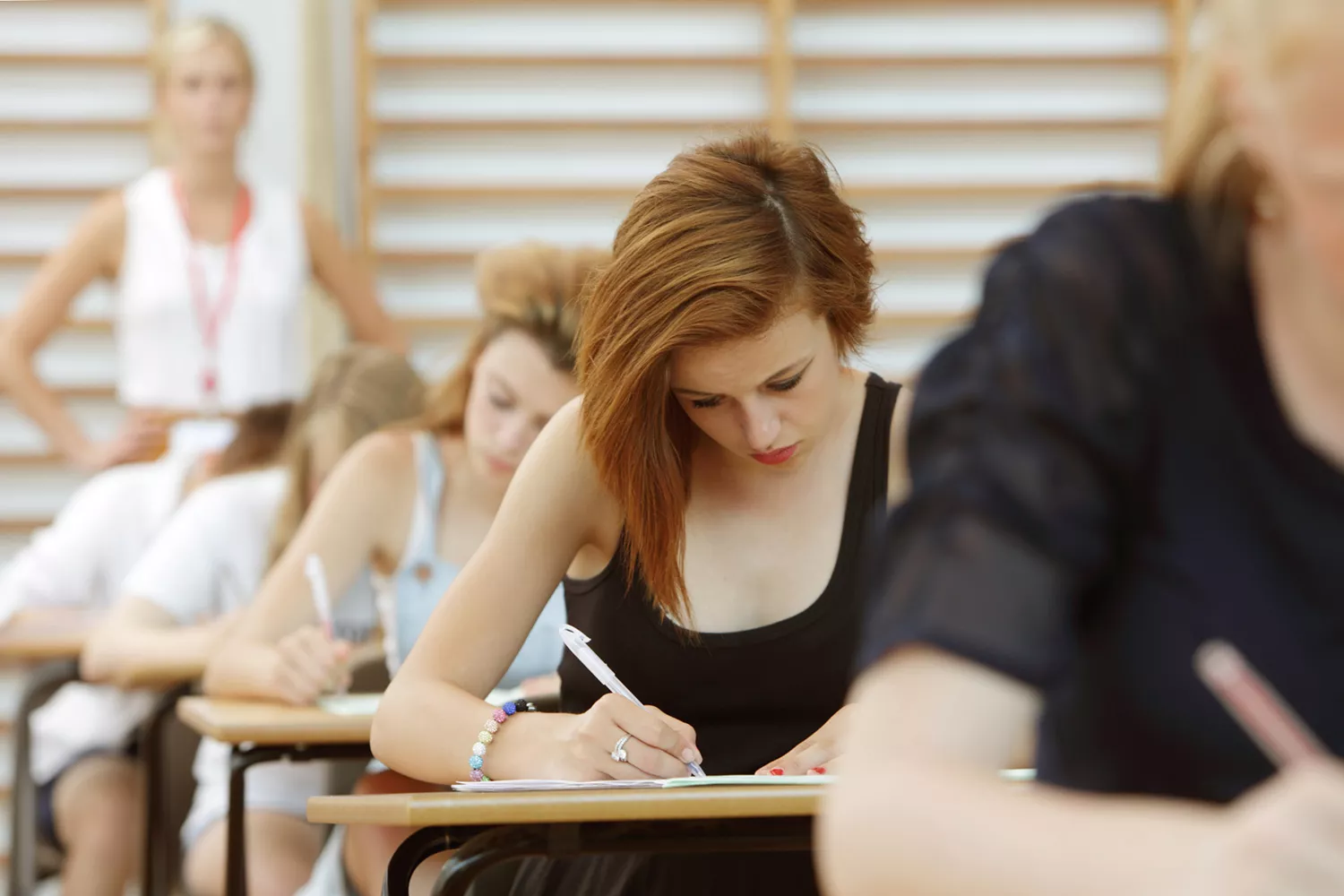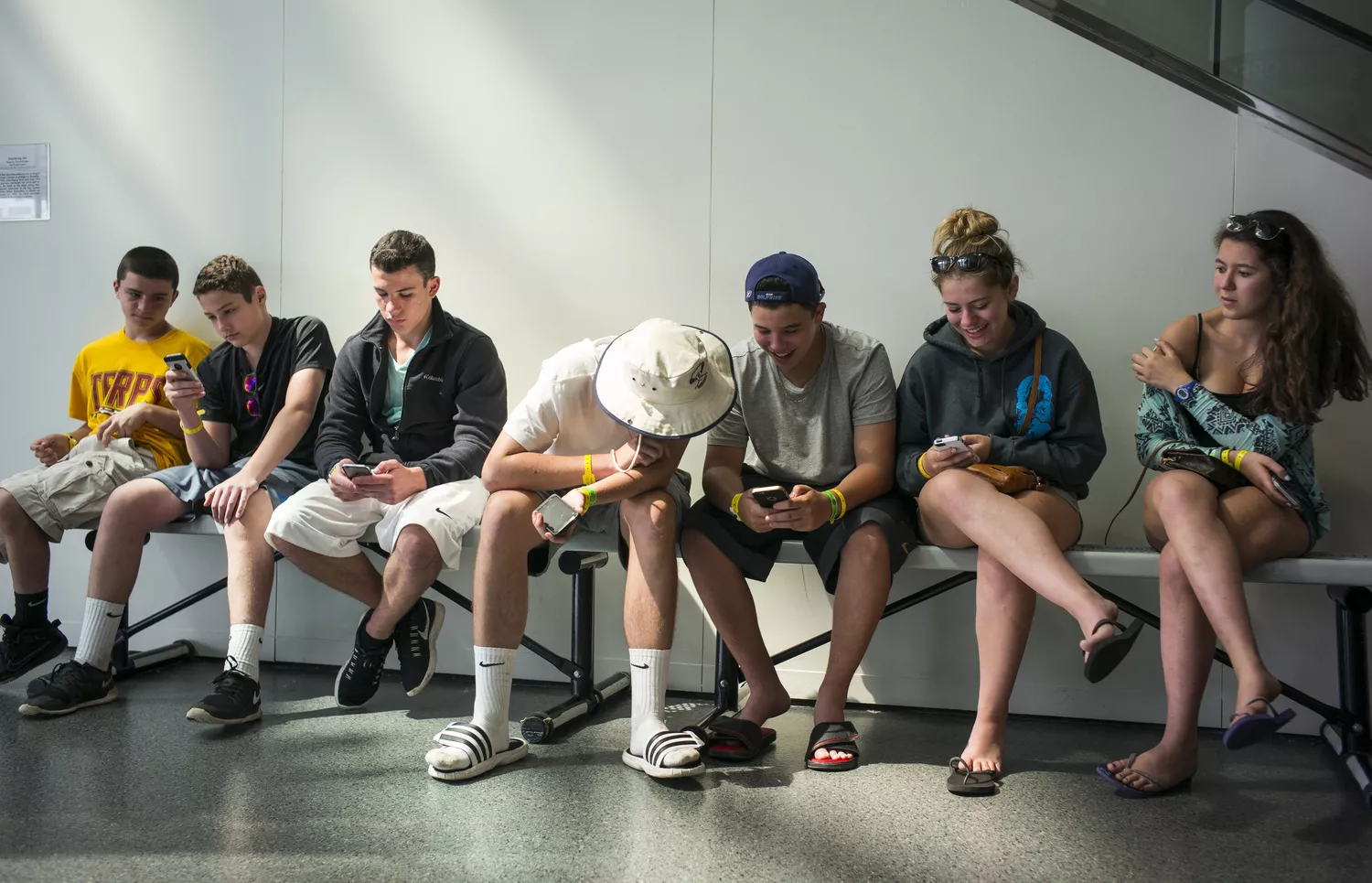
Are you one of those individuals who closes your eyes to imagine the exact area of where you left your cars and truck secrets? Maybe you are one of those people with the visual knowing design.
What is Visual Learning Style?
The visual learning style suggests that people need to see details to discover it, and this “seeing” takes numerous forms from spatial awareness, photographic memory, color/tone, brightness/contrast, and other visual details. Teachers utilize overheads, the chalkboard, pictures, graphs, maps, and numerous other visual products to lure a visual learner into understanding.
Strengths of Visual Learners
Visual learners generally succeed in a contemporary class setting. There are just so numerous visuals in class– white boards, handouts, images, and so on. These students have lots of strengths that can enhance their efficiencies in school. Here are simply a few of the strengths of this discovering type:
Intuitively follows instructions
Quickly visualizes things
Has an excellent sense of balance and alignment
Is an excellent organizer
Has a strong sense of color, and is really color-oriented
Can see the passage from a page in a book in his/her mind
Notices minute resemblances and distinctions between items and individuals quickly
Can picture images easily
Visual Learning Strategies for Students
If you are a visual student, you may find these things helpful when sitting in class or studying for a test. Visual students require things in front of them to assist strengthen them in their brains, so don’t attempt to go it alone when listening to lectures or studying for your next midterm. Make certain to incorporate these suggestions into your study routine:
Color-code your notes, vocabulary words, and textbook
Be sure to read the diagrams, maps, and other visuals that support text to assist you remember it
Make order of business in an agenda
Study in solitude. You need to see things to bear in mind them and often, any noise will sidetrack you.
Remember during lectures to capitalize on your learning design
Sit near the front so you’re better able to see everything
Usage lays out and principle maps to arrange your notes
Visual Learning Strategies for Teachers
Trainees with the visual knowing style comprise about 65 percent of your class. These students are the ones traditional classrooms are created to teach. They will pay attention to your overhead slides, white boards, Smartboard, PowerPoint presentations, handouts, charts, and charts. They will generally take good notes and will appear to be taking note throughout class. If you use a lot of spoken directions without visual hints, visual learners might get confused, as they choose to have something in composing to refer to.
Attempt these techniques for reaching those students with the visual learning type:
Supplement spoken lectures with a handout, diagram, or other visuals
Integrate color into your discussions, the classroom, and handouts
Give written guidelines and expectations
Differ your reading in class with solitary reading time so visual learners will take in the info much better.
Differ your instructional techniques (lectures, group work, singular work, sets, circles) and assignments so every learner is challenged
Show your trainees how to finish a task rather of simply informing your trainees how to complete a job.
Program trainees how to make excellent vocabulary flashcards
Usage video and still images to boost your presentations
Offer composed feedback on assignments




